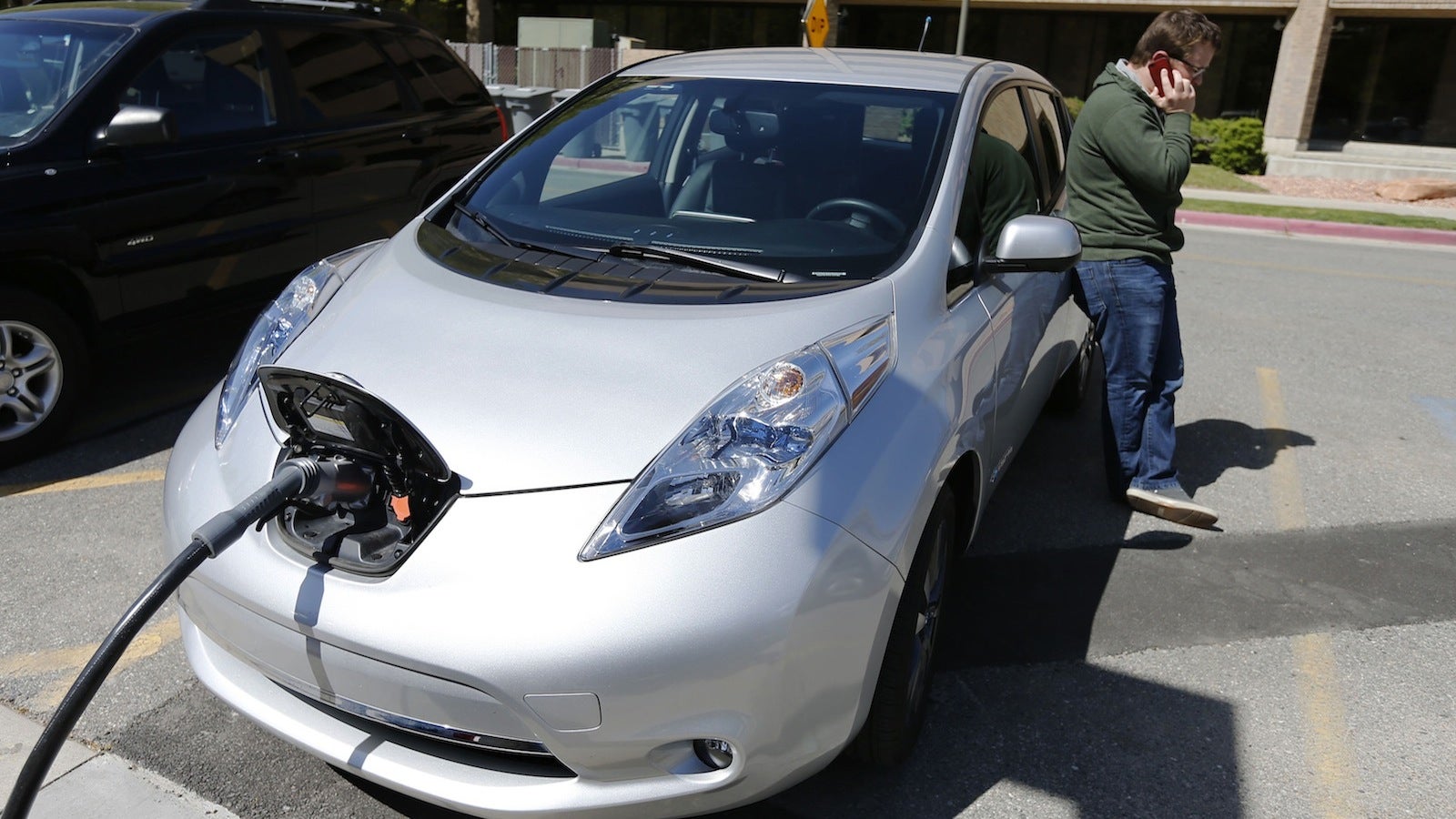Here’s another reason why electric cars may never take off in India
The Indian government is reportedly working on an incentive package worth Rs800 crore ($126 million) to promote electric and hybrid vehicles.


The Indian government is reportedly working on an incentive package worth Rs800 crore ($126 million) to promote electric and hybrid vehicles.
Now, that should be good news for India’s beleaguered electric vehicle manufacturers since the bulk of the money will be used to subsidize the cost of these vehicles in addition to creating supporting infrastructure.
But here’s the catch: the government apparently isn’t particularly keen on subsidizing passenger cars. Instead, it wants to give priority to electric and hybrid vehicles in public transport, followed by two and three-wheelers—and then passenger cars.
“The government’s approach will not help electric car sales,” said Kenneth Elias, an automobile analyst at consultancy firm Maryann Keller and Associates told Quartz. “Electric cars in the US come with a significant federal tax subsidy and many states also offer some form of subsidy as well.”
Sales of electric vehicles in India have remained low partly because electric vehicles are expensive compared with cars that run on petrol or diesel. For instance, Mahindra’s e2o at Rs7.50 lakh ($11, 845) is significantly more expensive compared with Maruti Swift’s base price of Rs4.42 lakh ($6, 980) in Delhi—or the Maruti Suzuki Alto, which can be bought for as low as Rs2.40 lakh ($3, 790).
That’s exactly why companies such as Mahindra & Mahindra, which is struggling to sell its electric cars in India, have been pushing the government for subsidies to popularize such vehicles.
In 2010, the government came out with Rs95 crore ($15 million) subsidy package (PDF) for buyers of electric vehicles that resulted in a 70% increase in sales. But sales plummeted soon after the program expired in March 2012.
In January 2013, the government announced the National Electric Mobility Mission Plan 2020 (PDF), with Rs14,000 crore ($2.25 billion) of incentives for the electric vehicle industry. But progress has been very slow so far—and carmakers are still hurting.
And while the government’s intentions are right, Rs800 crore ($126 million) is too little to subsidize and create the required infrastructure for passenger cars, said Deepesh Rathore, managing director of Emerging Markets Automotive Advisors (EMMAAA), a Gurgaon-based consultancy.
“Let’s see whether the government can spend this money efficiently,” Rathore added, ”A lot of money gets lost within the system.”
Apart from the lack of subsidies, there is another, equally big roadblock: infrastructure shortage.
“For electric vehicles to become seriously viable in a country like India, investment has to be focused on creating the infrastructure to support the vehicles,” EMMAAA said in an October 2014 report.
“A complete absence of public charging points, high costs of acquisition, and the anxiety of driving a car with a crippling problem of limited range, are keeping customers away from EVs (electric vehicles),” the report added.
Focusing on public transportation isn’t the best way to fix those problems.